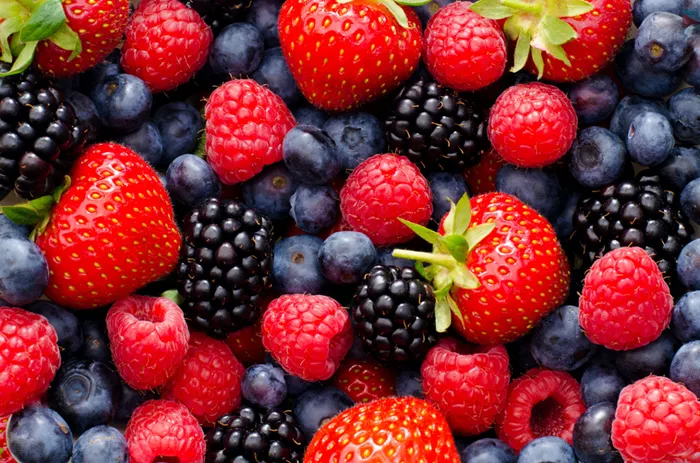The U.S. Food and Drug Administration (FDA) has unveiled a new plan to improve the safety of imported berries, following concerns about hepatitis A and norovirus contamination. These viruses have been linked to several outbreaks in the U.S. over the past decades, primarily in fresh and frozen berries sourced from other countries.
The FDA’s new prevention strategy aims to reduce the risk of contamination in imported berries. The initiative targets food safety practices across the global berry industry, with a special focus on improving conditions in farming and processing. The agency announced this plan in January 2025.
“Most berries consumed in the U.S. are safe to eat,” said Janell Goodwin, a spokesperson for the FDA’s Office of External Affairs. “However, since 1997, hepatitis A and norovirus outbreaks have been linked to imported berries.”
In recent years, outbreaks from berries grown in Baja California, Mexico, were particularly concerning. In 2022 and 2023, hepatitis A outbreaks were traced back to berries from this region.
How Berries Become Contaminated
The World Health Organization (WHO) and the Food and Agriculture Organization (FAO) recently ranked frozen berries as the second most common food source of norovirus and hepatitis A worldwide. In 2023, about 64% of fresh blueberries and 95% of frozen blueberries sold in the U.S. were imported. Mexico and Peru are major suppliers of berries to the U.S.
Contamination typically happens when food safety measures fail at any point in the berry supply chain, particularly with foreign imports. Workers who handle the berries can inadvertently spread viruses like norovirus, even if they don’t show symptoms. These viruses can also survive freezing, making frozen berries more vulnerable to contamination.
“Imported berries pose a slightly higher risk than domestic ones due to different food handling practices abroad,” said Patti Ramos, MPH, RD, from the University of Michigan School of Public Health.
FDA’s Prevention Strategy
To address these risks, the FDA’s prevention strategy includes steps to improve hygiene practices among workers, enhance sanitation at farms and facilities, and monitor virus transmission. The strategy also aims to deepen scientific understanding of how viruses persist in agricultural settings and on berries.
“This strategy combines modern scientific methods to assess risks and pinpoint sources of contamination, using laboratory analysis, data, and statistics,” said Bryan Quoc Le, PhD, a food science consultant.
Reducing Your Risk of Contamination
Hepatitis A and norovirus are resilient and can survive freezing, which is why frozen berries are particularly at risk. However, experts suggest ways to minimize exposure:
Rinse Berries: Wash both fresh and frozen berries under cold water before eating. For a more thorough wash, soak berries in a solution of one teaspoon of baking soda per cup of cold water for five to ten minutes before rinsing.
Use Local or Domestic Berries: Choose locally sourced or domestic berries when possible, as they pose less risk than imported varieties.
Avoid Cross-Contamination: After handling berries, wash your hands, utensils, and surfaces thoroughly to prevent spreading contamination.
Despite the risks, Ramos emphasizes that domestic berries have not been linked to any enteric virus outbreaks in over 35 years. Plus, berries are a rich source of vitamins and antioxidants, making them a nutritious choice.
Read more:
- Study Shows Mechanical Heart Valves Lead To Better Long-Term Survival For Patients Aged 50-70
- Amid Trump’S Ban, NYC Doctor Stands Firm In Providing Transition Care For Trans Youth
- FDA Warns Of Botulism Threat As Canned Tuna Recalled From Major Retailers


